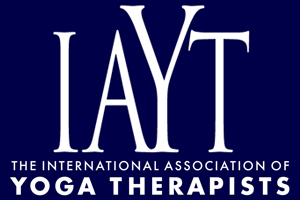Three-Year Follow-up and Clinical Implications of a Mindfulness Meditation-Based Stress Reduction Intervention in the Treatment of Anxiety Disorders
A previous study of 22 medical patients with DSM-III-R-defined anxiety disorders showed clinically and statistically significant improvements in subjective and objective symptoms of anxiety and panic following an 8-week outpatient physician-referred group stress reduction intervention based on mindfulness meditation. Twenty subjects demonstrated significant reductions in Hamilton and Beck Anxiety and Depression scores post-intervention and at 3-month follow-up. In this study, 3-year follow-up data were obtained and analyzed on 18 of the original 22 subjects to probe long-term effects. Repeated measures analysis showed maintenance of the gains obtained in the original study on the Hamilton {F(2,32)= 13.22; p < 0.001} and Beck {F(2,32) = 9.83; p<0.001} anxiety scales as well as on their respective depression scalgs, on the Hamilton panic score, in the number and severity of panic attacks, and on the Mobility Index—Accompanied and the Fear Survey. A 3-year follow-up comparison of this cohort with a larger group of subjects from the intervention who had met criteria for scredning for the original study suggests generalizability of the results obtained with the smaller, more intensively studied cohort. Ongoing compliance with the meditation practice was also demonstrated in the majority of subjects at 3 years. We conclude that an intensive but time-limited group stress reduction intervention based on mindfulness meditation can have long-term beneficial effects in the treatment of people diagnosed with anxiety disorders.
